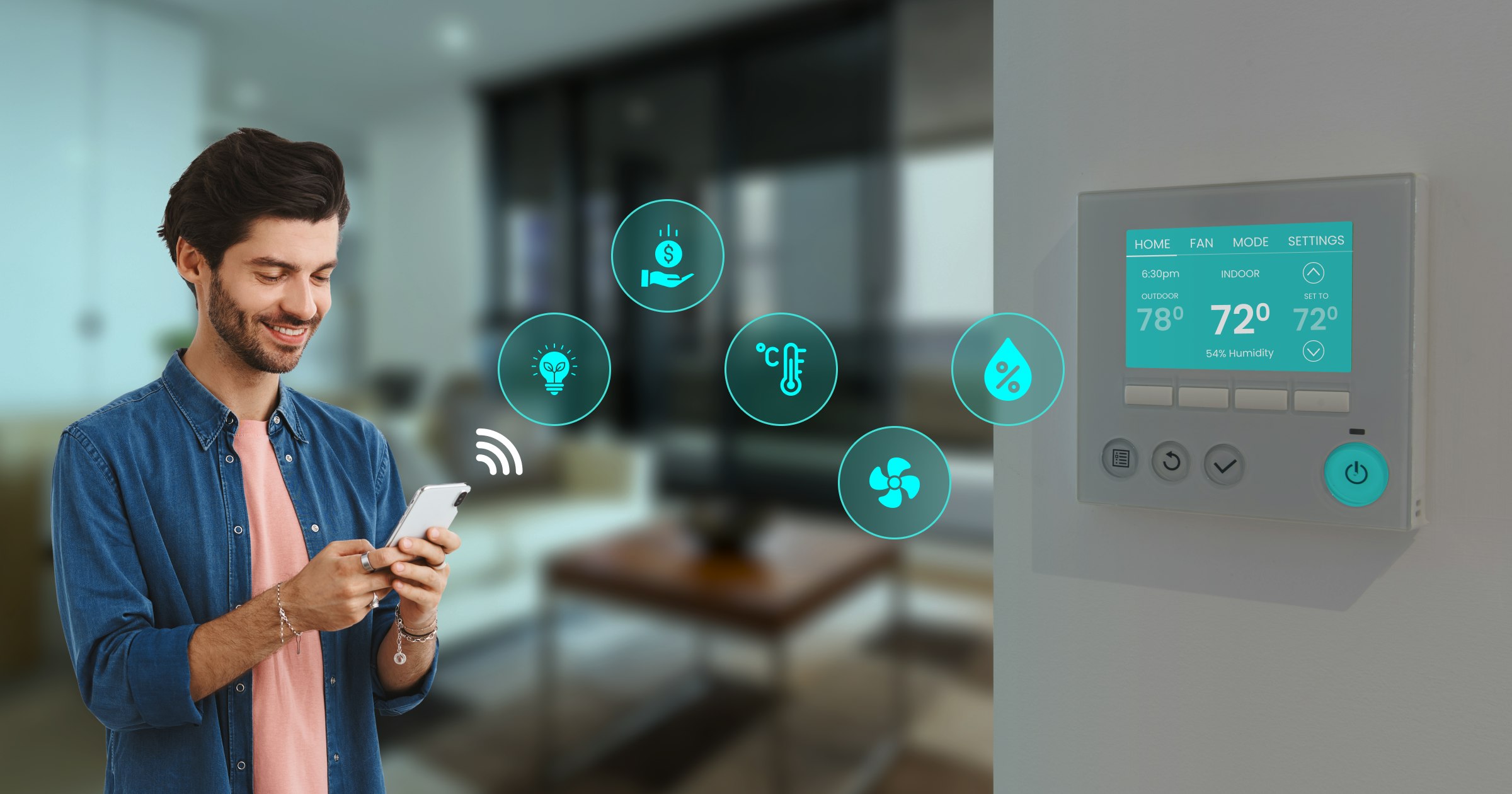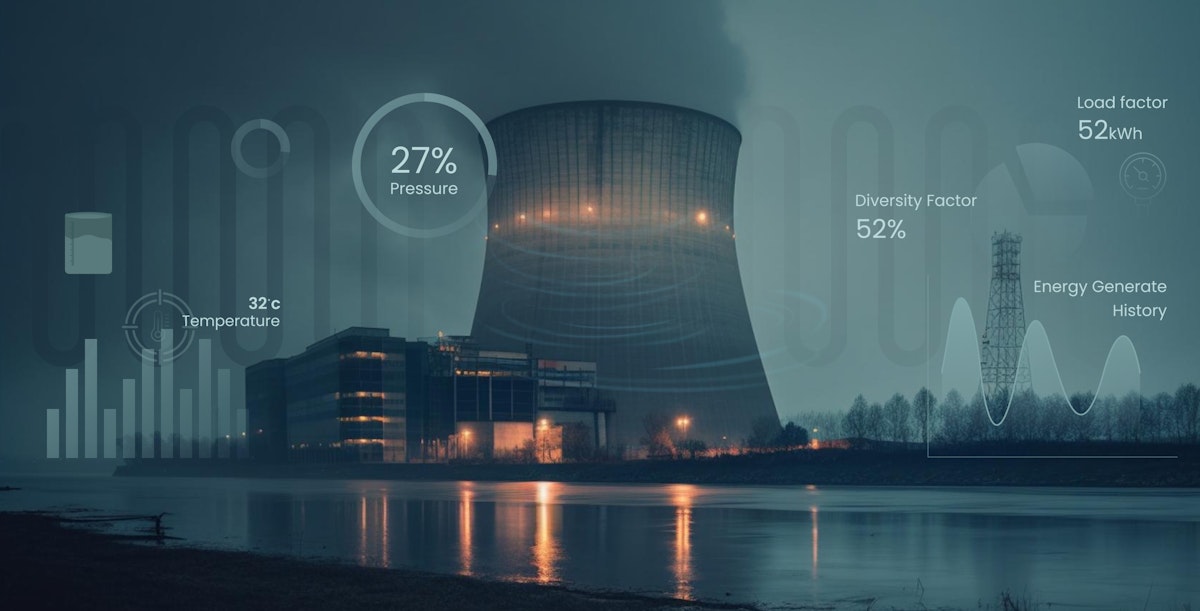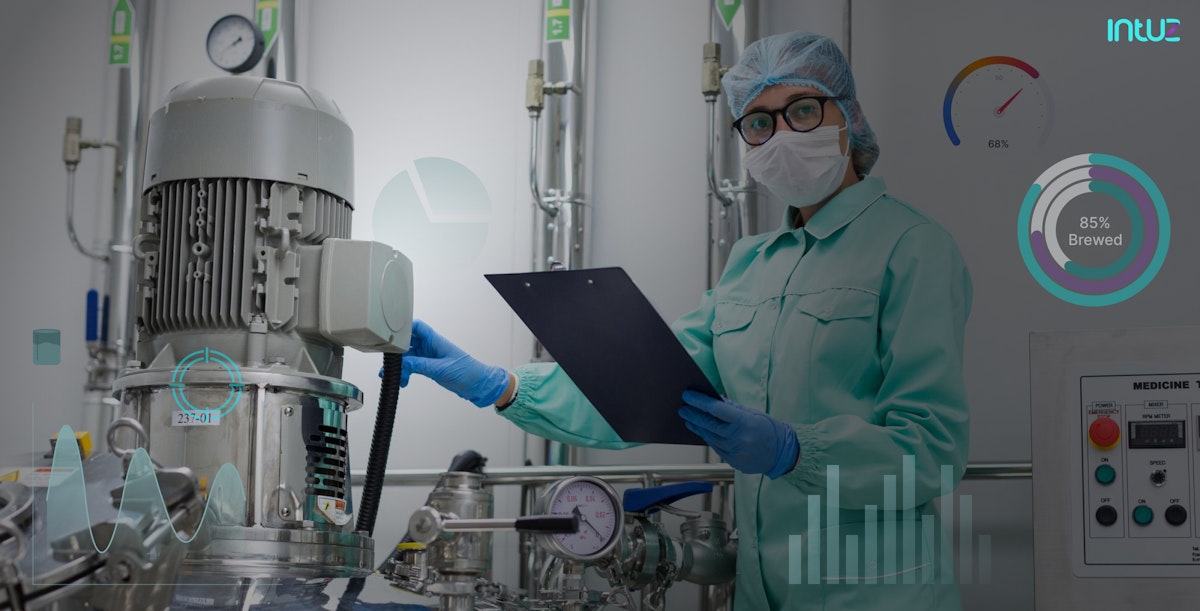Table of Content
At a projected CAGR of 17.2% during the projection period, the size of the U.S. smart thermostat market is expected to increase from $1.27 billion in 2022 to $3.86 billion by 2029.
NMSC estimated the global market for smart thermostats to be worth US$2.6 billion in 2021. The market is anticipated to be worth 25.5 billion US dollars by 2030.
The Nest Learning Thermostat saved 10% to 12% on heating costs and 15% on cooling costs, on average, according to the results.
Key Features of IoT-enabled Smart Thermostats
IoT-Enabled smart thermostats have cutting-edge capabilities that improve comfort, convenience, and energy savings. Let's examine each aspect in more depth for OEMs to promote:
1. Programmable scheduling
Thanks to programmable scheduling, smart thermostats enable users to make personalized temperature regimens based on their daily routines. To ensure comfort while saving energy, users may adjust the wifi thermostat to reduce the temperature throughout the day at work and raise it before they go home.
2. Geofencing
Smart thermostats can locate consumers using GPS on their smartphones or other connected devices. The thermostat can determine when the consumer is home or away by creating a virtual border around their house.
3. Away mode
The best smart thermostat provides consumers an "Away mode" when they will be away from home for a considerable amount of time. Turning on this mode ensures that heating and cooling systems are operated as little as possible or are entirely off to save energy. It guards against wasteful energy use and lowers utility bills while ensuring their house stays within comfortable temperature ranges to safeguard furniture and other delicate goods.
4. Remote control
A smart thermostat's main advantage is remote control. Consumers may quickly alter the temperature settings while at work, on vacation, or just lounging on the couch. This option allows consumers to maintain comfort and energy efficiency without being present at their house.
5. Energy monitoring
Smart thermostats include energy monitoring capabilities showing how much energy a consumer’s home consumes. Heating and cooling systems' energy usage is monitored and recorded. Access to this information is provided through corresponding mobile apps or internet portals in user-friendly formats, such as graphs or charts.
6. Home automation integration
A complete home automation ecosystem is created by seamlessly integrating the best WiFi thermostat with other smart home appliances and systems. OEMs can offer sophisticated automation that synchronizes numerous actions by integrating with devices like lighting, voice assistants, locks, and security systems.
Unleashing the Benefits of IoT-Enabled Smart Thermostats
Smart Zigbee thermostats with IoT capabilities have several advantages for homeowners. Let's delve deeper into the benefits:
1. Energy savings
By modifying temperature settings based on occupancy, scheduling, and user preferences, smart thermostats save energy. These thermostats aid in energy conservation by only heating or cooling your home when necessary, resulting in lower utility bills and overall energy savings.
2. Reduced carbon footprint and environmental impact
Smart Bluetooth thermostats reduce carbon emissions and lessen the environmental damage caused by excessive energy consumption by increasing energy efficiency. This environmentally friendly strategy supports initiatives to fight climate change and build a cleaner future.
3. Enhanced comfort with precise temperature control
Consumers can always keep their homes in a pleasant setting with smart thermostats.
4. Convenient remote access
Unmatched ease is provided by remotely operating the thermostat from a smartphone, tablet, or computer.
5. Time and cost savings
By automating temperature changes, smart thermostats do away with the necessity for manual adjustments. OEMs can offer benefits like maintaining ideal temperature settings at various times of the day or for particular events with less time and effort.
6. Energy usage insights for better decision-making
Smart thermostats provide real-time data and insights on energy usage. Homeowners can better understand their energy consumption patterns by identifying patterns in this data and tracking trends.
7. Automatic adjustments based on occupancy and geofencing
Utilizing geofencing and occupancy sensors, smart thermostats may change the temperature settings based on whether a person is home or away. When no one is home, this feature lowers the heating or cooling, assuring energy savings without compromising comfort.
8. Control and customization
Smart thermostats give you various options to control and modify the temperature settings to meet your needs and tastes. Smart thermostats provide consumers the freedom to change the climate control in their house, whether they want to produce a cozy atmosphere or use the least amount of energy feasible.
9. Proactive monitoring and alerts
Smart thermostats regularly monitor temperature changes and system performance. They can provide warnings or notifications during unusual circumstances or prospective difficulties, such as HVAC problems, enabling quick action to solve concerns.
Futuristic Updates on smart thermostats / Future Trends
The future of smart Google home thermostats presents intriguing possibilities as technology develops. We can anticipate the following prospective developments and trends:
AI-powered predictive control
Smart thermostats will use artificial intelligence algorithms to evaluate data patterns, learn user preferences, and forecast temperature requirements. These thermostats will automatically modify temperature settings based on user habits, weather predictions, and energy consumption patterns, delivering individualized comfort while improving energy economy.
Home energy management
Smart thermostats with more complete home energy management systems will be used. Users of these systems can optimize energy use across numerous appliances and gadgets thanks to their full perspective of household energy use.
Biometric authentication
Security will become the number one priority for smart thermostats in the future. Only authorized users can access the thermostat controls using biometric identification methods like fingerprint or facial recognition.
Touchless control and smart sensors
Future smart thermostats will come standard with upgraded sensors and touchless operation. OEMs can offer users benefits like adjusting the device's temperature settings without contacting it using voice commands, hand gestures, or motion detection.
Learning thermostats: habits and preferences
Thanks to strong machine-learning capabilities, future thermostats can learn human habits, tastes, and lifestyles. Based on user feedback and past usage data, these intelligent thermostats will automatically modify their settings over time to accommodate various temperature preferences.
Revolutionize Thermostats with Advanced IoT Technology!
Let's Get StartedConclusion
Intuz specializes in integrating IoT technology to revolutionize home climate control. By prioritizing customer needs, we enhance comfort, convenience, and energy efficiency through AI-powered predictive control. Book a free consultation with our IoT experts today to explore how our transformative IoT solutions can unlock a more advanced and efficient future for your smart thermostats.






